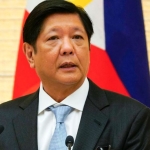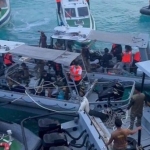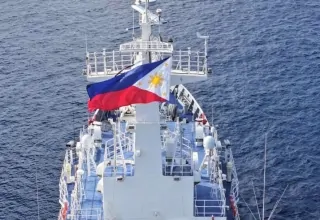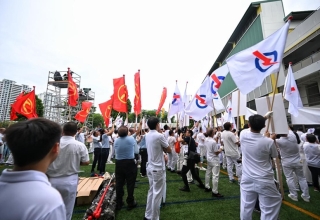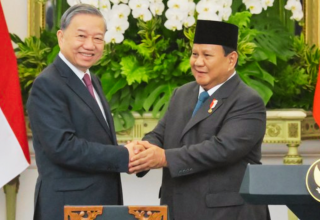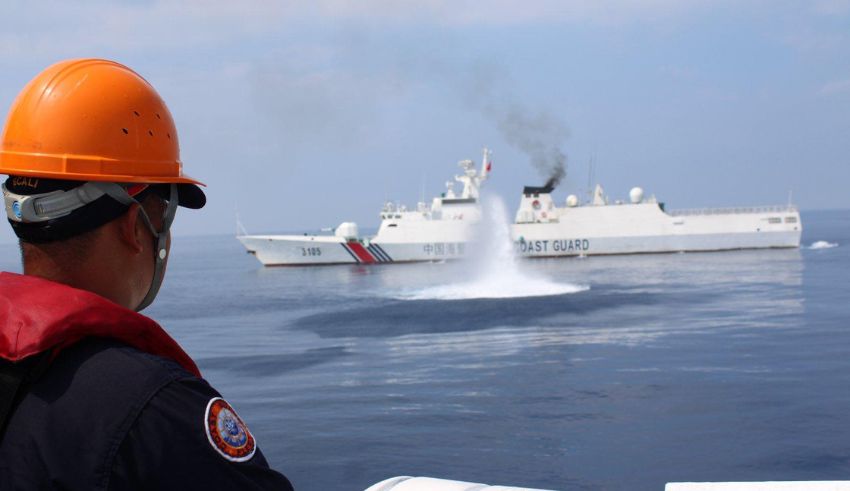
For decades the West Philippine Sea, sometimes referred to as the South China Sea, has been a disputed area. Recent events have heightened tensions even further, therefore the region becomes the center of attention for geopolitics and global concerns.
Chinese assertiveness: military presence, island building, recent events
With a sequence of calculated acts that have disturbed surrounding nations and the international community, China’s aggressive actions in the West Philippine Sea have persisted unhappingly. China’s assertiveness in the area is demonstrated by the continuous building of synthetic islands and the military hardware placement on these outposts. Apart from directly challenging the sovereignty claims of other countries, these acts show China’s will to create a significant military presence in these disputed areas.
Furthermore a major problem is the regular activity of the Chinese Coast Guard. Harassment of Filipino fishermen, who have been discouraged from fishing in places historically inside the Philippines’ exclusive economic zone, has been reported in great numbers. China also regularly challenges Philippine claims, which aggravates the already strained circumstances.
Recent increases have further muddled the picture. A Chinese Coast Guard vessel ran across a Philippine cargo ship close to the Spratly Islands on June 17. Both countries blamed one another for the episode, underlining the great chance of miscalculation and the possibility of major escalation. That same day, a confrontation at the Second Thomas Shoal saw the Philippine military accuse the Chinese Coast Guard of deploying soldiers armed with knives and spears to obstruct efforts at resupplying and of using water cannons. This episode clearly showed the extent China is ready to go to defend her rights. Furthermore, recent drone activity by China, in line with the introduction of BrahMos missiles produced by India in the Philippines and forthcoming US military operations, generated questions regarding China’s attempts to impede these advancements and project its force.
The Response of the Philippines: Legal Challenges, Diplomacy, and Growing Tensions
Reversing these provocations, the Philippines has kept using a multi-pronged approach to protect its interests in the West Philippine Sea. The country’s adamant defense of the 2016 Hague verdict, which supported the territorial claims of the Philippines against China’s, is one of main elements of this approach. China rejects this decision, but the Philippines keeps basing its worldwide campaigning on this judicial triumph as pillar of support.
Diplomatically, the Philippines seeks peaceful answers by means of communication not only with China but also with other regional players. This diplomatic technique is meant to generate agreement and advance regional stability. Concurrently, the Philippines is strengthening its ties, especially to the United States and other like-minded countries. Vital deterrents against Chinese aggression are considered as joint freedom of navigation missions and other military cooperation.
But the latest events have infuriated Filipinos, who are calling for a more strong reaction to China’s acts. Stronger actions to protect national sovereignty and maritime rights are under consideration by the government under political pressure and public attitude.
Keep Reading
Local and World Issues
The consequences of the West Philippine Sea conflicts go much beyond the nearby area and influence world security and economy. Economically, any disturbance of the commercial flow across these seas could have dire effects for global business. This area boasts among the busiest maritime passages in the world, hence stability is absolutely essential for continuous world trade.
Militally, the growing presence of military troops from other nations raises the possibility of unintentional confrontations starting from little incidents. Along with endangering regional peace, this militarization compromises systems of global security.
China’s disrespect of international decisions including the 2016 Hague ruling threatens the foundations of world law and order. This questions the efficiency of international institutions in preserving peace and justice and creates a risky precedent for the settling of problems.
The Road Ahead: A Demand for De-escalation and Remarks
Future of the West Philippine Sea is yet unknown and full with possible hazards. Tensions can be lowered and conflict avoided by means of de-escalation strategies. Establishing a permanent and peaceful settlement to the problems depends on following international law, including respect of the decisions of international courts.
Dealing with the complexity of the matter will depend mostly on regional cooperation among Southeast Asian countries as well as more general worldwide involvement. Economic alliances, confidence-building activities, and diplomatic projects help to create a more stable and rich future for all the engaged parties.
Finally, the West Philippine Sea remains a geopolitical hotspot with major consequences for world and regional stability. The Philippines and its allies have to negotiate this difficult terrain to guarantee peace and respect international norms by means of a mix of legal, diplomatic, and strategic initiatives.

